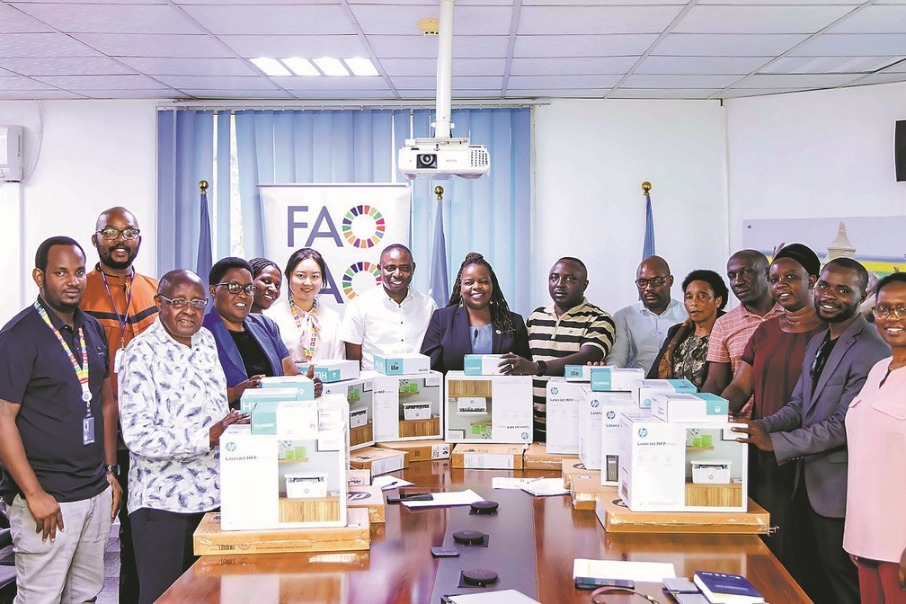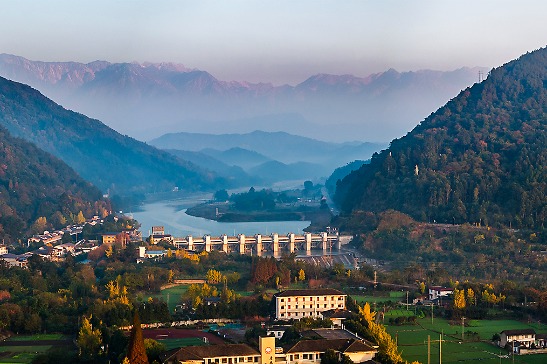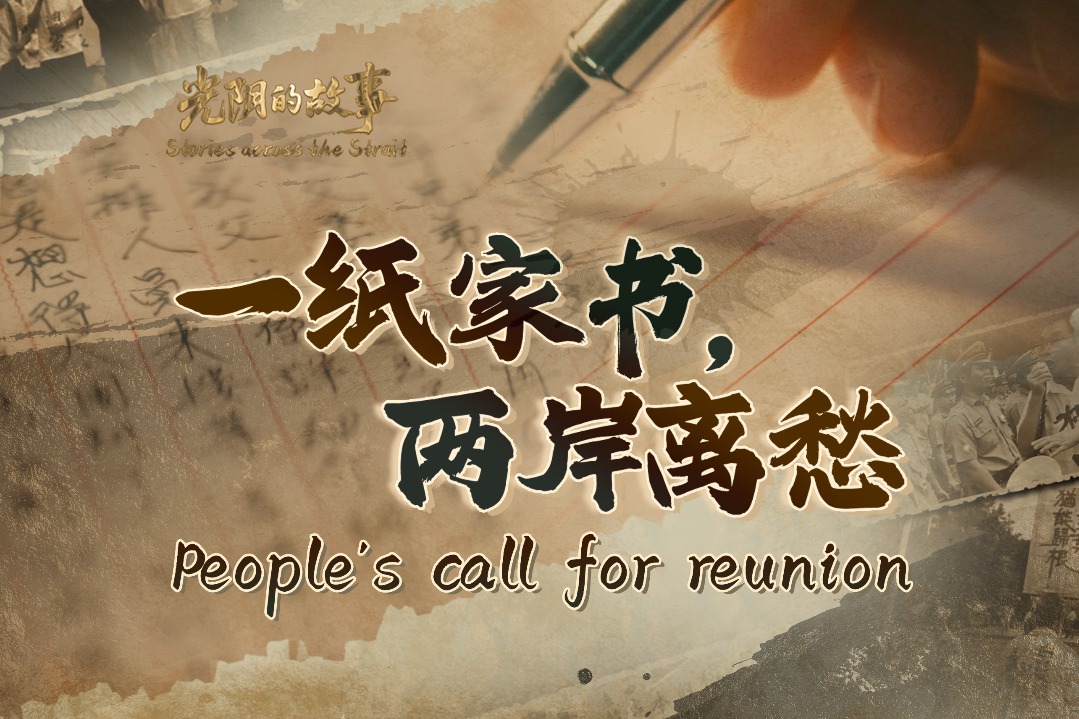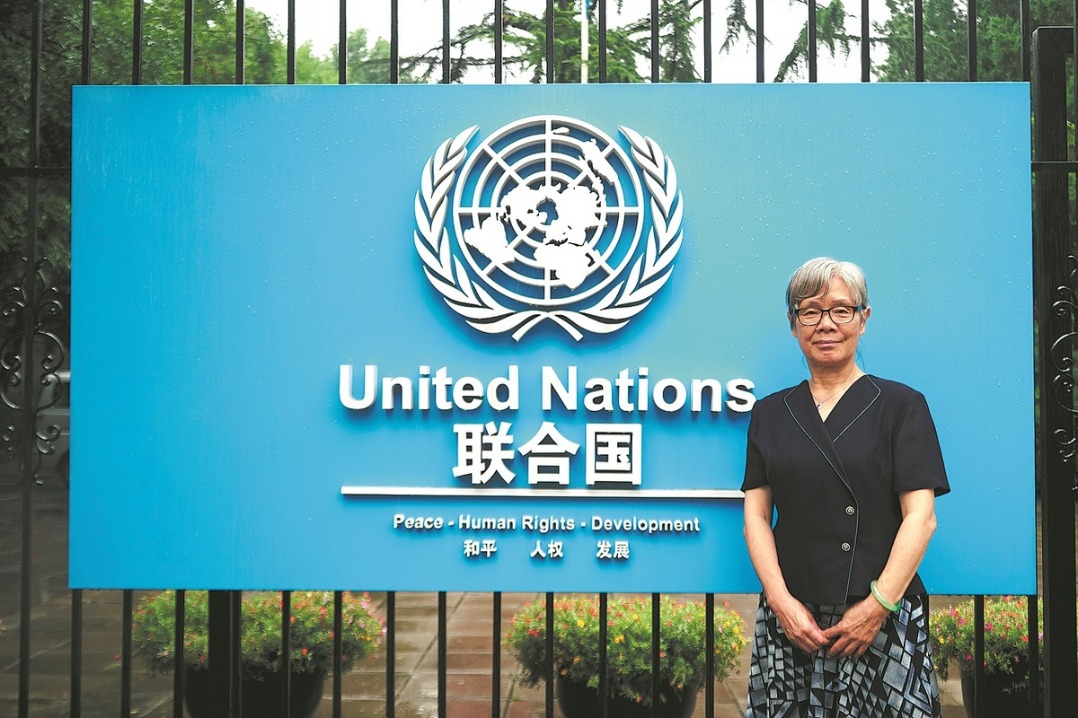Former nuclear base keeps pioneering spirit alive

Standing inside an aging workshop at the former Base 221 of China's nuclear weapons program, Zhu Guiming is overcome with nostalgia.
The faded brick buildings, white-and-green walls, and timeworn tables and chairs reminded him of when he worked on classified construction projects in the remote mountains of Guizhou province.
"Seeing these buildings reminds me of the secret plants we built back then," said the retired construction worker. "They looked exactly like this."
Base 221, now better known as the Atomic City, was China's first nuclear weapons research and production facility. Located in the Jinyintan grassland of Xihai Town in Qinghai province, the facility played a vital role in China's rise as a nuclear power.
In the 1950s and 1960s, many educated young people from across the country, and some scientists returning from overseas, willingly devoted themselves to working at the base under harsh conditions.
With the efforts of the unsung heroes, China developed and detonated its first atomic bomb at the base in 1964, followed by its first hydrogen bomb in 1967.
In those days, everything was top secret, Zhu recalled. "Through independent research and development, our country was able to create the atomic and hydrogen bombs, which significantly strengthened our national defense capabilities to a whole new level," he explained.
"It truly boosted the confidence of the Chinese people and gave us great pride, and it was no easy feat. The older generation who worked in the nuclear industry endured great hardships, and I have deep respect for them."
As visitors stroll through Xihai Town today, they encounter traces of memories from the former Base 221. Sculptures, monuments, memorial halls, and commemorative gardens can be seen everywhere.
The old factory buildings and workshops from those days still stand across the grasslands, and even slogans from that era are still clearly visible.
Once a secret site, the former nuclear base has since undergone multiple rounds of restoration, and become a patriotic educational base.
"What used to be a restricted area is now open to the public, which is a great way to explore and promote cultural and red tourism," Zhu said.
Old defense facilities that are no longer in use today can serve a greater purpose to educate the public, he observed. "It's especially helpful for children interested in science and technology," he added.
Yang Zitong, a 10-year-old visitor to the Atomic City, told China Youth Daily that he had only heard about the "Two Bombs, One Satellite" project in his classroom.
During this trip to Qinghai, Yang said he felt excited to visit the former nuclear base. "What impressed me the most are the various manufacturing machines on display in the workshop," he said. "It felt like I could actually 'see' what life was like when resources were scarce.
"Thanks to the efforts of the predecessors, we can have the life we enjoy today," he said.
- China Coast Guard fleet patrol waters off Diaoyu Islands
- Remains of 30 Chinese martyrs in Korean War returned to homeland from ROK
- Autumn harvest in full swing across China
- Belt and Road summit galvanizes grit for shaping shared future
- Judges call for joint oversight of AI expansion
- New horned toad species discovered in East China




































